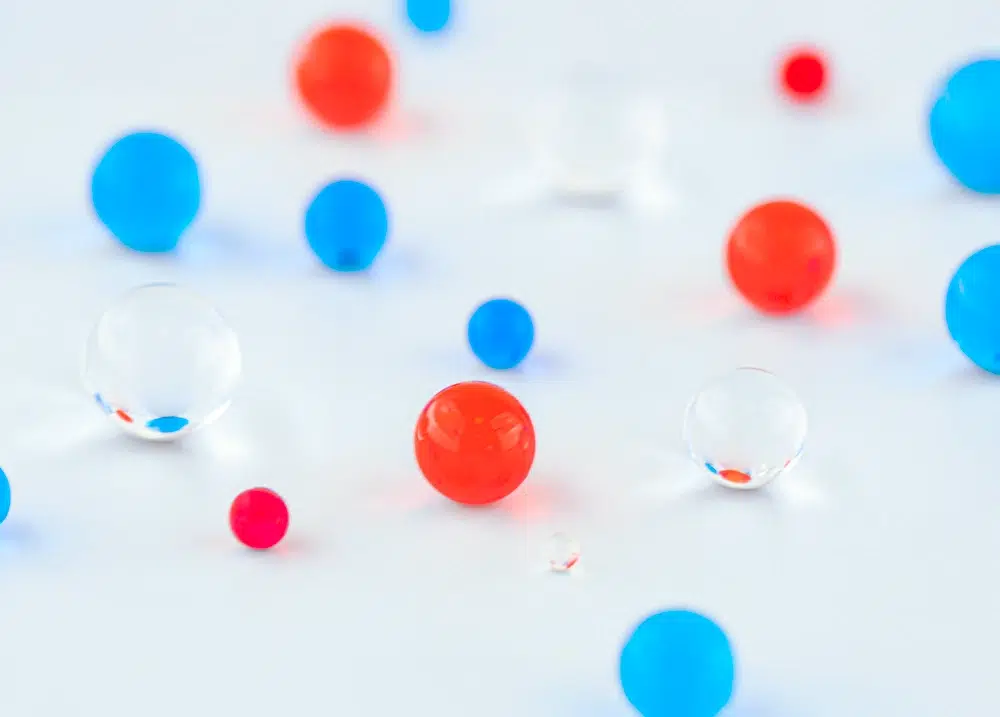
An introduction to novel LNP targeting strategies for optimizing RNA-LNP biodistribution and improving cell specificity
18 views
Read more
mRNA–LNP (Lipid nanoparticles) are redefining modern therapeutics by enabling precise, safe, and efficient delivery of genetic instructions. First validated by COVID-19 vaccines, this versatile platform now drives advances in treatments for rare diseases, cancer, cardiovascular and neurodegenerative disorders, and CRISPR-based gene editing. This review introduces RNA–LNP technology, detailing its composition, production workflow, and emerging applications.
mRNA LNP is a promising approach to a wide range of novel pharmaceuticals, vaccines, and therapeutic solutions. Its groundbreaking potential became evident to the public during the COVID-19 pandemic with the astonishingly quick development of the mRNA LNP Vaccine.
This innovative RNA technology combining Messenger ribonucleic acid (mRNA) and lipid nanoparticle (LNP) holds the unique potential to transform the biotech and pharmaceutical landscape by unlocking numerous new possibilities of treatments, not only in the infectious disease field but also for rare diseases or cancer treatment…
In this article, we will explore what makes mRNA LNPs so unique by delving into their nature, working principle, manufacturing process, and the numerous applications that are called to change the future of medicine.
mRNA-LNPs are spherical particles of size ranging from 50 to 200 nm, generally made up of five main components: The cargo (mRNA) and the 4 lipids component of the LNP:
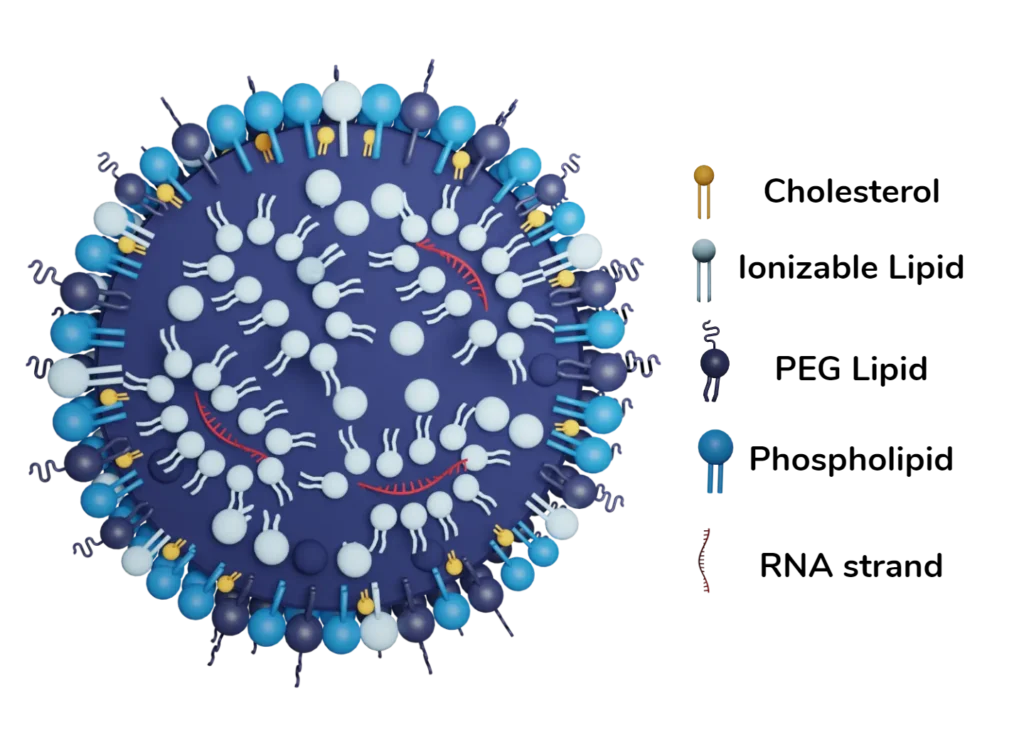
Upon introduction into the body, mRNA, and more generally all nucleic acids, are susceptible to degradation by serum endonucleases. To protect them, nucleic acids therapeutics have traditionally relied on viral delivery methods, such as inactivated viruses, for nucleic acid delivery, but they exhibited limitations like side effects and poor loading capacity.
In parallel to this, over the past 50 years, lipid-based nanoparticles, such as liposomes, have been used for drug and small-particle delivery. However, their simple structure hindered efficient nucleic acid delivery and encapsulation while causing high toxicity.
For this reason, a specific type of nanoparticle specialized in oligonucleotide transports has been engineered: The LNP.
Their unique structure, including an ionizable lipid, allows for a high encapsulation rate while ensuring efficient delivery of the nucleic acids.
The intracellular mechanism of mRNA delivery by lipid nanoparticles relies on several factors:
First, encapsulating mRNA into LNP improves circulation time by preventing its degradation. Additionnaly, it binds to a cell, the LNP will help the nucleic acid cross the cell barrier via the endocytosis process. Finally, the drop of pH happening during the endocytosis will lead to a degradation of the RNA LNP structure, liberating the cargo into the cytoplasm.
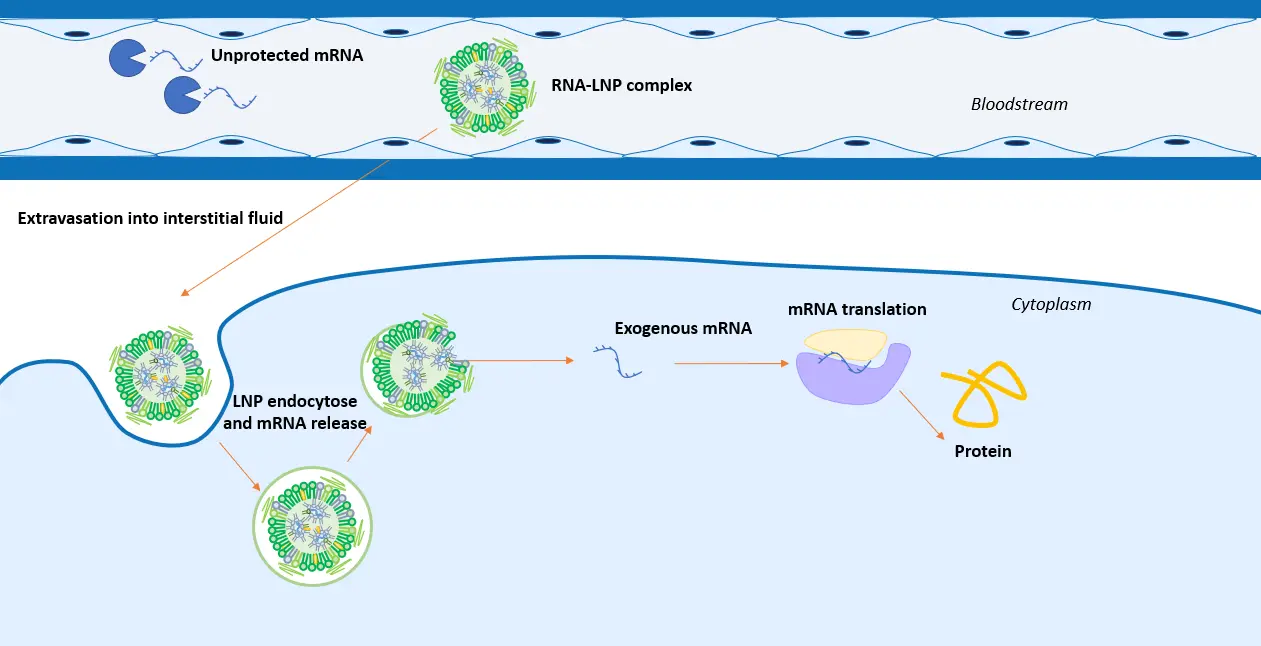
The process of preparing mRNA-LNP is intricate and involves several distinct steps:
Initially, the process begins with the identification of the right mRNA sequence that encodes the targeted protein. This sequence is encapsulated by its head and tail, mimicking an endogenous mRNA structure. This simulation aims to optimize gene expression and enhance stability.
Once the right mRNA sequence is identified, it must be produced and purified before being encapsulated into the LNP.
RNA can be generated through three primary methods:
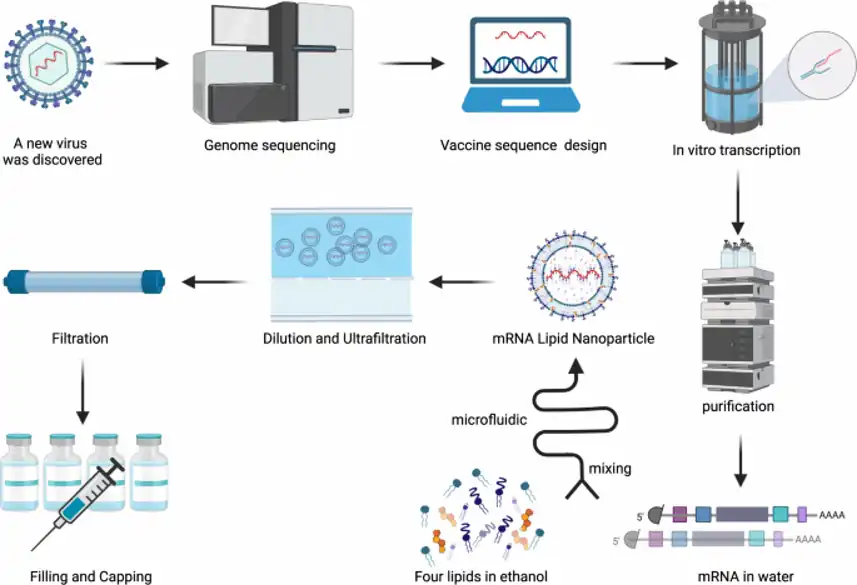
As described above, once manufactured, the mRNA strand should be encapsulated into an LNP for efficient intracellular delivery.
Traditionally, lipid-based nanoparticles were produced in batches through high-energy methods such as thin-film hydration, high-pressure homogenization, and sonication. However, these LNP manufacturing methods exhibited poor repeatability, encapsulation efficiency, and yield, rendering them unsuitable for mRNA vaccine development.
In response, mRNA-LNP is now manufactured using self-assembly methods. Lipids are dissolved in a solvent, typically ethanol, while a low-pH water solution containing mRNA is an antisolvent. During mixing, the solutions blend, reducing lipid solubility and triggering the self-assembly of nanoparticles.
Given the significant impact of mixing conditions on nanoparticle characteristics (size, charge, etc.), microfluidics has emerged as the most utilized method for mRNA-LNP manufacturing. Its unique ability to replicate mixing conditions, coupled with scalability from microliters to liters, makes it the preferred choice in the production process.
To complete the process, mRNA LNP purification is then carried out using standard methods such as dialysis or tangential flow focusing (TFF).
As introduced in our review on the optimization of mRNA LNP formulation, in addition to the manufacturing process, numerous parameters of the lipid nanoparticle play a role in the transfection efficiency, including lipid composition, lipid ratios, size, pH, dialysis process…
mRNA therapeutics have a wide range of potential applications, including:
mRNA-LNPs are a promising new approach to drug delivery. They have several advantages over other drug delivery systems, including high efficiency, low toxicity, and versatility. mRNA-LNPs have the potential to be used to develop a wide range of new and effective therapies for a variety of diseases.
In addition to the applications mentioned above, mRNA-LNPs are also being investigated for use in other areas, such as Protein replacement therapy Treatment of autoimmune diseases Treatment of neurodegenerative diseases Treatment of cardiovascular diseases. More generally, the RNA-LNP technology can also be used for the delivery of other types of nucleic acids such as siRNA, miRNA… RNA therapeutics are still in the early stages of development, but it has the potential to revolutionize the way that many diseases are treated.
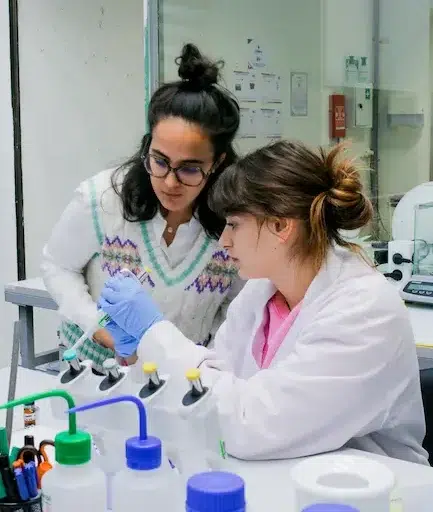
Reach out to us to learn how we can help!
Looking to learn more about nanoparticles? Do you need inspiration or a different angle to take on your specific problem? Well, we probably have a Review just for you, feel free to check them out!
See all Nano Reviews
18 views
Read more
58 views
Read more
199 views
Read more
461 views
Read more
2801 views
Read more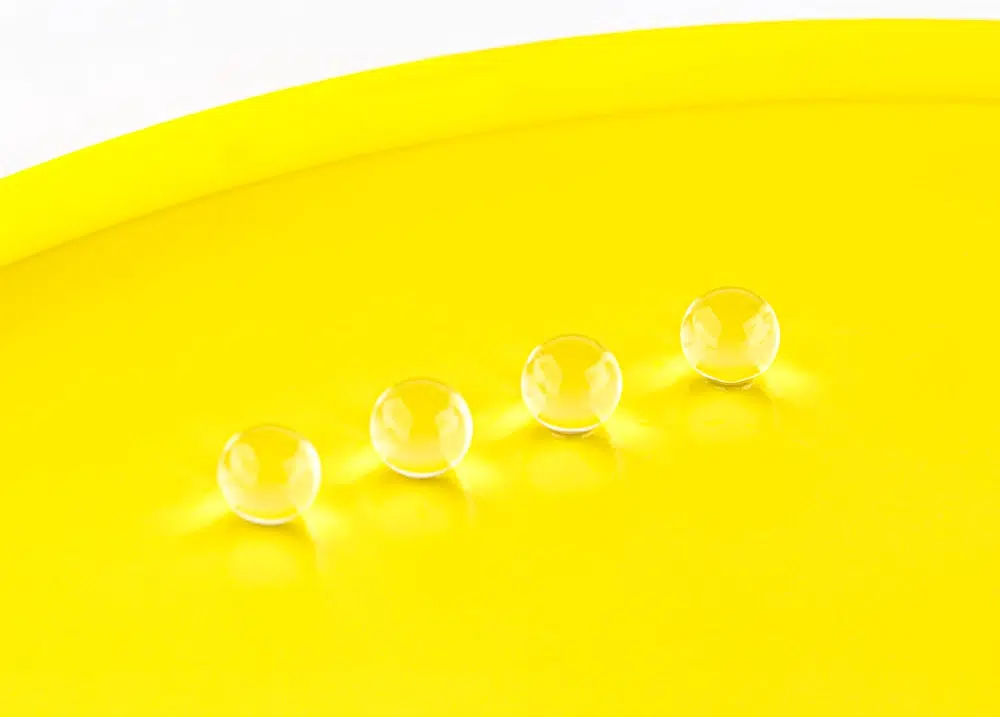
695 views
Read more